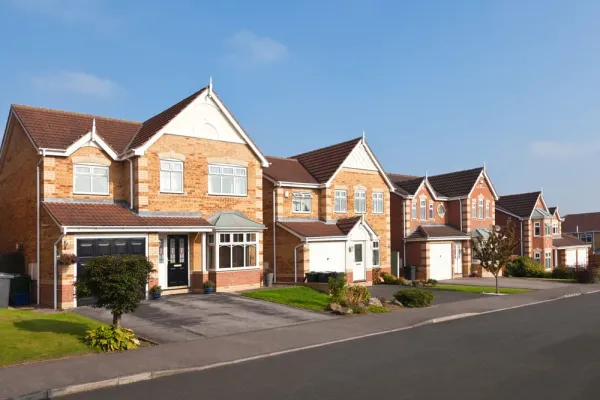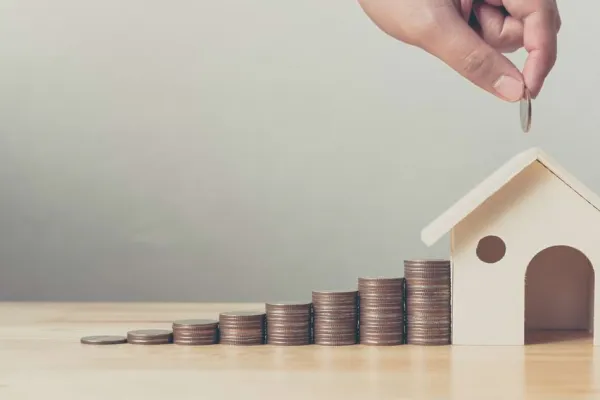You must go through conveyancing if you’re buying or selling a property.
It’s not the most enjoyable part of selling a house, but it’s arguably the most essential.
Without it, you could lose a lot of money – from overpaying for a property (if you’re a buyer) or being sued by new owners (if you’re a seller).
This guide explains what conveyancing is and how it can be completed faster.
Conveyancing: A definition
Conveyancing is the legal process of transferring a property from one person to another.
A solicitor or licensed conveyancer undertakes this on behalf of the buyer and seller. Their work includes:
- Preparing legal documents
- Conduct property searches
- Liaising between different parties
- Ensure all the information is correct.
The conveyancing process starts when an offer is made and finishes when the sale is complete. It typically costs about £2,200 for sellers and £1,700 for sellers.
How long does conveyancing take?
On average, conveyancing takes between 8 to 12 weeks.
This varies based on the documents involved, whether unexpected issues appear, and the professionals’ efficiency.
How can I speed up the conveyancing process?
Instruct a solicitor as soon as you agree on a deal
Both the seller and the buyer will benefit from doing this.
It speeds up the process, as it can take a few days or weeks to find the best solicitor possible. This ensures that everything gets moving right away.
Prepare paperwork in advance
When you spend time completing paperwork after the sale is agreed upon, things slow down.
As a seller, you should gather your:
- Energy Performance Certificate (EPC)
- Gas and electrical safety documents
- Fittings and fixtures (TA10) form.
As a buyer, you should have proof of funding and a mortgage in principle.
Proof of ID will also be very useful. And details about your source of funds are a good idea, too.
Get your finances in order
This is especially important for the buyer. Doing this ensures there is no delay with the mortgage application.
As a seller, you can also sort out your living arrangements.
As a buyer, you can ask your lender for a ‘Decision in Principle’ or ‘Agreement in Principle’.
This means they’ll confirm how much they can lend you. This helps to speed up the mortgage application.
Be chain-free – if possible!
Whether you’re a chain-free buyer/seller is not always in your control. But if you can make this possible, it’ll make life far easier.
And the other party will often be keener to work with you because delays are less likely.
Which parts of conveyancing take the longest?
For sellers
For a seller, the longest part of conveyancing will usually be getting the draft contract drawn up and sent to the relevant parties.
You’ll also need to complete documents about your home.
If you’re selling a leasehold property, this can add extra time to your conveyancing.
There are more documents and extra details in the contract.
For buyers
For a buyer, the property survey and searches take the longest. It can be between two to four weeks.
You will also need approval for a mortgage, which can take between two to six weeks.
Delays can be caused by problems arising from the property search. Or if there are mortgage conditions that you cannot meet.
















